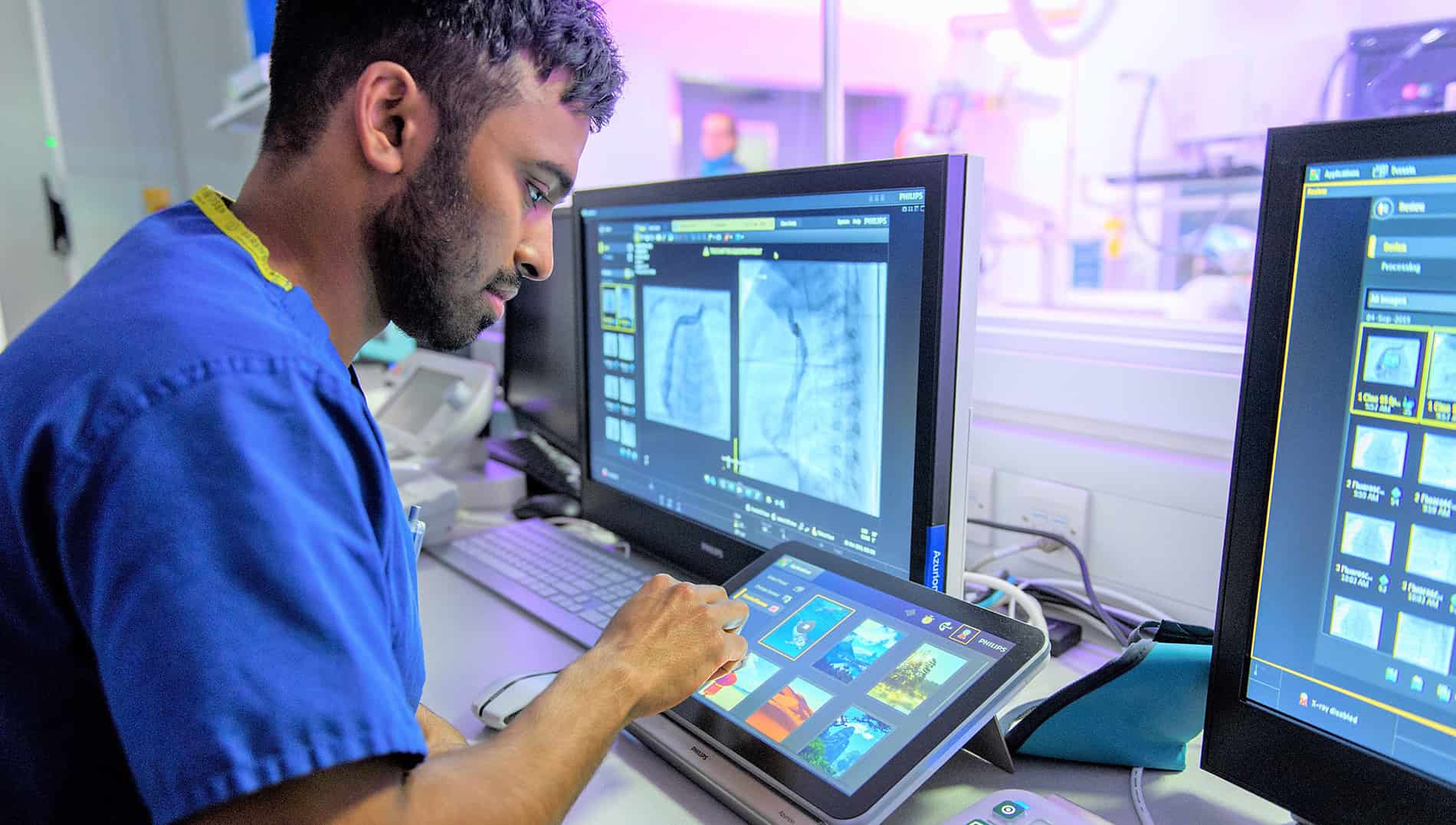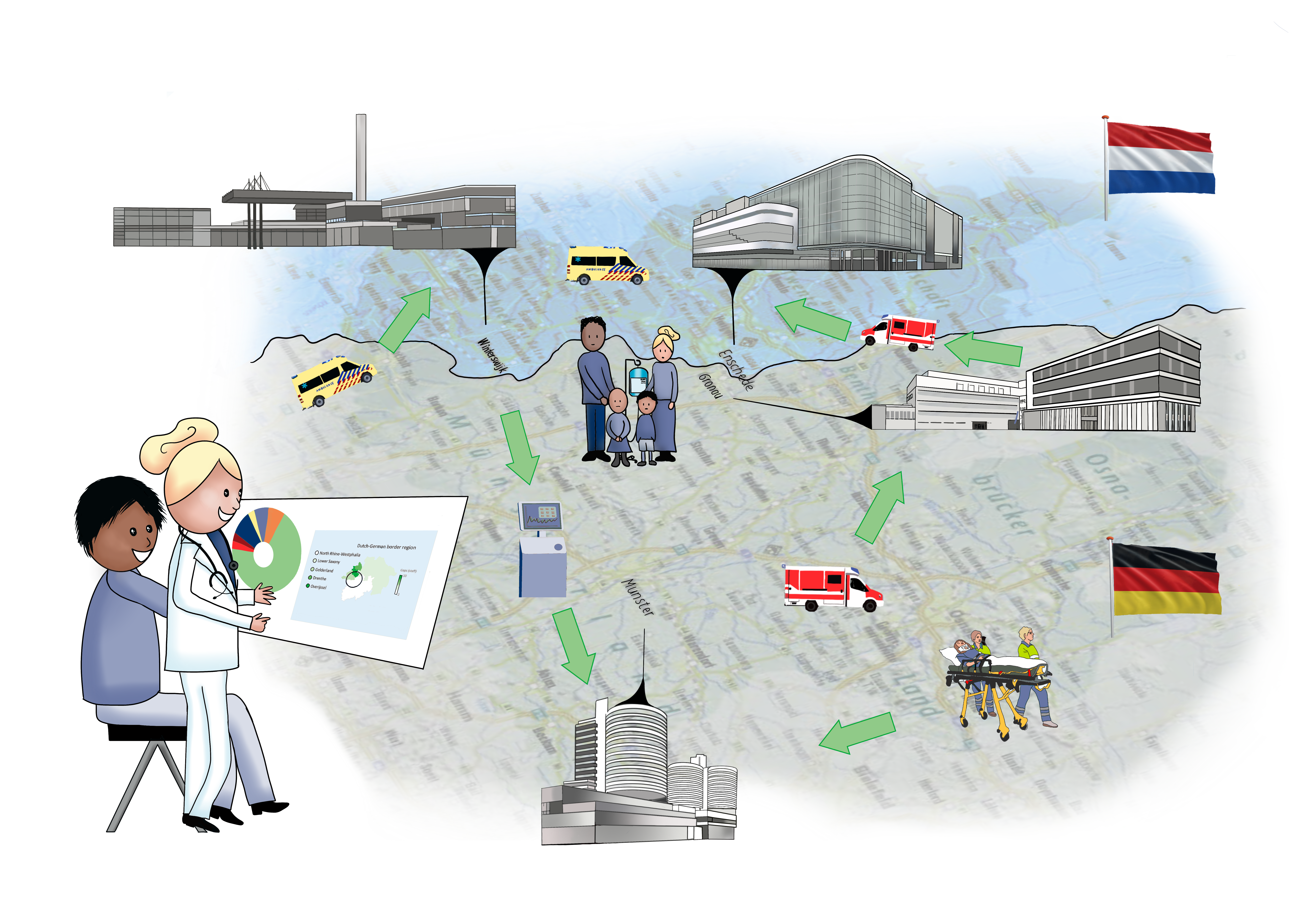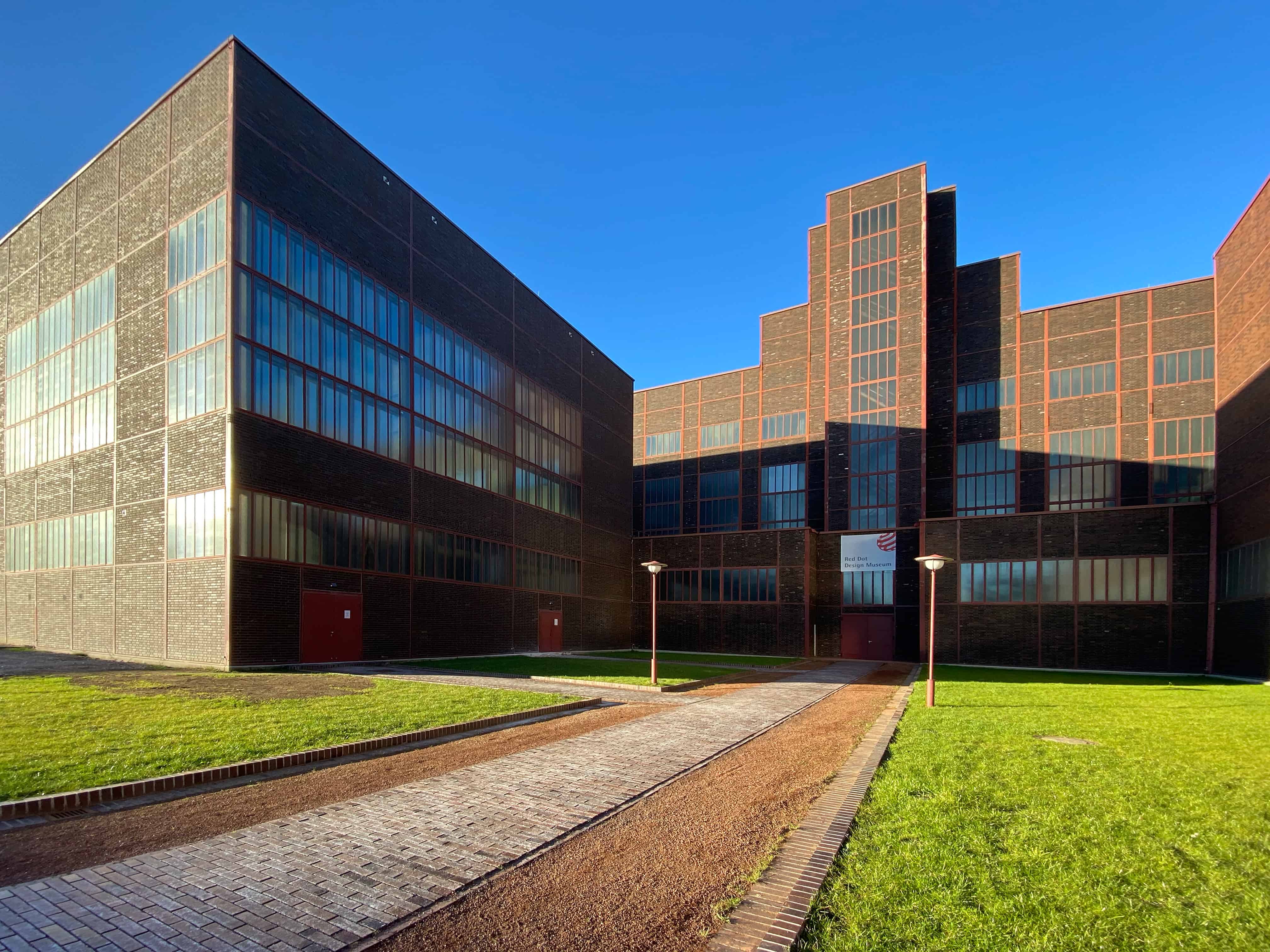
The COVID-19 self-test is a micro-world of waste separation in itself. If you are really serious about separating waste, you might be wondering which bin you should throw away which part of the box and the test components in. It’s reminiscent of the jokes about separating waste from a used tea bag: the squeezed tea, the bag, the paper label, and the string.
Speaking of sustainability, design, and usage … Have you ever opened a package of medication, and marvelled at the lengthy leaflet, when what you really needed was a clear picture explaining how and when to bust out the pill? And who has ever lost their way in a hospital?
This makes it clear that Dutch design and Dutch creative thinking has not only led to the world-renowned clear signposting at Schiphol airport, but are also of utmost importance to all facets of the health sector. These domains converge in the fields of design and healthcare. The transition in the healthcare sector has much to gain from Dutch design and Dutch brainpower. After all, it’s all about design that is more focused on the user – which is referred to as ‘people-oriented’ – and the central role the patient has. And preferably sustainable as well.
Dutch Design Week
At the Dutch Design Week held at Brainport Eindhoven in October 2021, the Embassy of Health run by the Dutch Design Foundation showcased how healthcare professionals, researchers, community residents, patients, students, local makers, housing corporations, supermarkets, technology companies, artists and designers are working together to create a broader, more diverse, more inclusive and more sustainable healthcare landscape.
Examples that highlight how important Dutch design thinking is in the application areas of healthcare are: User Interface Design enables healthcare employees to gain knowledge and educate themselves, and it specifically facilitates remote surgery in cataract operations too. Serious Gaming promotes behavior changes such as making healthy eating choices via an app. Well-designed apps support patients in relearning to walk with a prosthetic limb, for instance. And bacteria-low hospital clothing based on a shark fin weaving technique contributes to a safer hospital environment.
When you consider that the Netherlands not only seems to have the best healthcare system in the world, but is also an exporter of healthcare products to other countries, it is worth discussing in more detail what the opportunities for creative SMEs are outside of the Netherlands. In Germany, for example. Germany is the largest export country for the Netherlands. Consequently also for the creative sector, and especially for manufacturing companies.
Would you like to know more about what is happening on the cutting edge of Dutch ‘creative design and health’? And what your chances are on the international market, especially in Germany? Then join the digital meeting on December 20 for Dutch SMEs that are active in this field. You can register (for free) via this link. This session is a collaboration between the top sector Life Sciences & Health, the Task Force Health Care and the top sector Creative Industry.
Architecturally designed healthcare facilities
Back to the remark about hospitals. We all hope to be able to steer clear of our hospitals during this COVID-19 period, but we do expect the healthcare staff to do their job to the utmost of their ability. That is quite a task. Do we ever stop to think about the work environment of these people? Consider how a good architectural design of a healthcare facility can contribute to the duties these people carry out for the benefit of society.
The research by architect Dr. ir AnneMarie Eijkelenboom at Delft University of Technology indicates that hospital staff are generally less satisfied with their level of comfort than staff in office buildings. This is because hospitals are complex buildings and because not everyone has the same preferences for the very specific work environment (think about the various tasks that reception staff, diagnostic researchers, specialists, etc., have). Nor does everyone have the same sensitivities when it comes to their work environment (consider draughts, cold, influence of equipment, working predominantly while standing, etc.).
Staff are generally more bothered by shortcomings in the building than patients, according to a study of the literature. A possible explanation is that this has to do with their daily work environment, where they spend their time year in year out. A patient is well cared for, but if all goes well, the patient also leaves the building at some stage. Research shows that it really is possible to create profiles of hospital staff based on their preferences. Those preferences can then be used as a tool to create a design for a hospital building that better suits their needs or requirements. See here how architects can have an influence on buildings that have a very important role in our healthcare system.
Conclusion
Creative solutions benefit the well-being of the patient, nursing staff, and the user. So, in conclusion: as many technological solutions and innovations can be conceived for the healthcare sector, good design ultimately determines whether the patient or caregiver feels safe with a particular solution and in an environment.
This article was written with thanks to the thesis of Dr AnneMarie Eijkelenboom, to the Embassy Health of the Dutch Design Foundation, and to Taskforce HealthCare.
Picture: Philips will study how the Philips Ambient Experience, using a series of animated stories including Disney’s beloved Yoda, can improve the patient and clinician experience during paediatric MRI exams.








